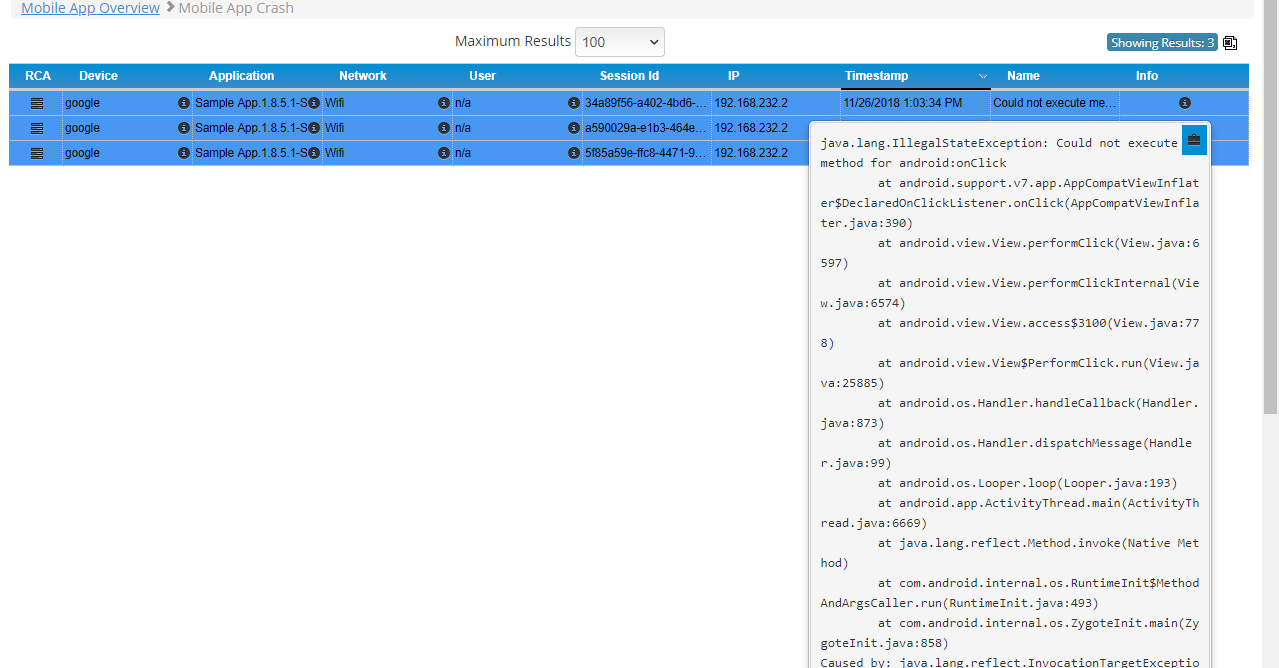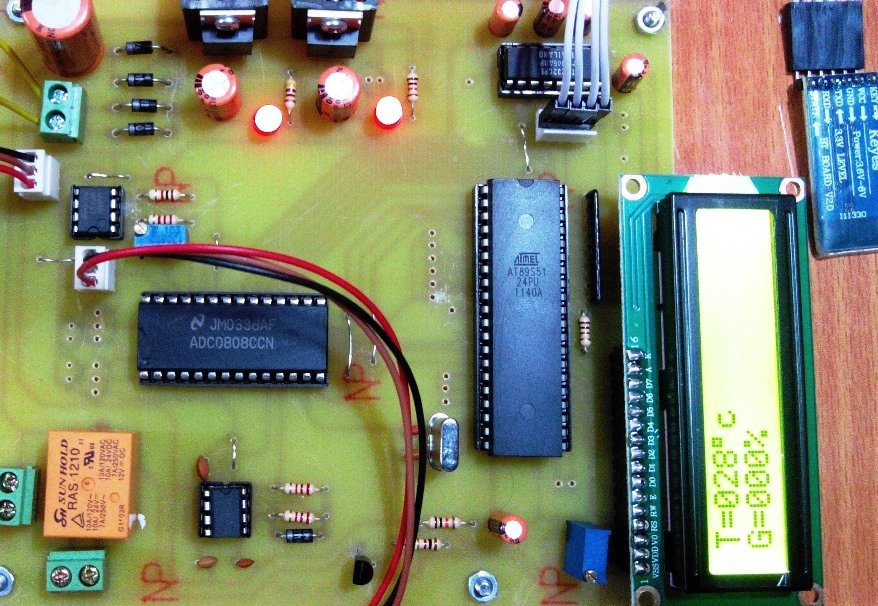RemoteIoT monitoring android is not just a buzzword; it’s a game-changer for businesses and individuals alike. Imagine being able to monitor your IoT devices from anywhere in the world, all from the palm of your hand. Sounds futuristic, right? Well, it’s here, and it’s revolutionizing the way we interact with technology. Whether you're a tech enthusiast or a business owner looking to streamline operations, this innovation has got you covered. So, buckle up as we dive into the world of remote IoT monitoring on Android.
Let’s be real, IoT (Internet of Things) is no longer a concept reserved for tech conferences and sci-fi movies. It’s now a part of our daily lives, from smart homes to industrial automation. But what happens when you’re not physically present to manage these devices? That’s where remote IoT monitoring comes in. It’s like having a virtual assistant that keeps an eye on everything for you, no matter where you are.
Now, you might be wondering, why focus on Android? Well, Android dominates the global smartphone market, making it the perfect platform for such innovations. With its flexibility and widespread use, Android offers an ideal environment for developers to create powerful tools that make remote IoT monitoring accessible to everyone. So, whether you’re a beginner or a pro, this article will guide you through everything you need to know about remote IoT monitoring on Android.
Read also:Mary Wells Net Worth The Queen Of Motowns Impactful Journey
Understanding RemoteIoT Monitoring Android
Before we dive deep into the nitty-gritty, let’s break down what remote IoT monitoring on Android actually means. Simply put, it’s the ability to monitor and control IoT devices remotely using an Android device. Think of it as a virtual control center that allows you to check the status, adjust settings, and even troubleshoot issues without being physically present.
Here’s how it works: your IoT devices are connected to the internet, and through a dedicated app on your Android device, you can access real-time data and make necessary adjustments. It’s like giving your devices a voice and being able to listen and respond from anywhere. This level of convenience and control is transforming industries and simplifying our daily lives.
Why Choose Android for RemoteIoT Monitoring?
Android’s popularity stems from its open-source nature and compatibility with a wide range of devices. This makes it an excellent choice for developers and users alike. Here are a few reasons why Android stands out in the realm of remote IoT monitoring:
- Versatility: Android supports a vast array of devices, from smartphones to tablets, ensuring that you can access your IoT devices from any compatible device.
- Customizability: With Android, you have the freedom to tailor the monitoring experience to suit your specific needs. Whether it’s custom dashboards or personalized alerts, the possibilities are endless.
- Community Support: Android boasts a massive developer community, which means there’s always someone ready to help or contribute to improving the tools and apps available.
Benefits of RemoteIoT Monitoring Android
So, what’s in it for you? The benefits of remote IoT monitoring on Android are numerous and impactful. Let’s take a look at some of the key advantages:
Enhanced Efficiency
With remote IoT monitoring, you can streamline operations and improve efficiency. Whether it’s managing a smart home or overseeing industrial equipment, having real-time access to data allows you to make informed decisions quickly. This not only saves time but also reduces the risk of errors and downtime.
Cost Savings
One of the most significant benefits is the potential for cost savings. By being able to monitor and control devices remotely, you can avoid unnecessary trips and reduce maintenance costs. Plus, with predictive analytics, you can anticipate issues before they become major problems, saving you money in the long run.
Read also:Aagmal Men Unveiling The Ultimate Style Icons Who Rule The Fashion World
Increased Security
Security is a top concern when it comes to IoT devices, and remote monitoring on Android addresses this by providing robust security features. From secure connections to real-time alerts, you can rest assured that your devices are protected from unauthorized access.
Key Features of RemoteIoT Monitoring Apps
Not all remote IoT monitoring apps are created equal. To ensure you’re getting the best experience, look for apps that offer the following features:
- Real-Time Data: Access live data from your IoT devices to stay informed and make timely decisions.
- Custom Alerts: Set up personalized notifications to keep you updated on important events or anomalies. li>User-Friendly Interface: A well-designed app with an intuitive interface ensures that even beginners can navigate and use the app effectively.
Advanced Analytics
Some apps go the extra mile by offering advanced analytics features. These can include trend analysis, usage patterns, and predictive insights, providing a deeper understanding of your IoT ecosystem. This level of detail can be invaluable for optimizing performance and planning future upgrades.
How to Set Up RemoteIoT Monitoring on Android
Setting up remote IoT monitoring on Android is easier than you might think. Here’s a step-by-step guide to get you started:
- Choose the Right App: Start by selecting a reliable remote IoT monitoring app that suits your needs. Look for apps with good reviews and a track record of security and performance.
- Connect Your Devices: Ensure all your IoT devices are connected to the internet and compatible with the chosen app. Follow the app’s instructions to pair and configure your devices.
- Customize Settings: Once connected, take some time to customize the settings to match your preferences. This includes setting up alerts, configuring dashboards, and adjusting security parameters.
Troubleshooting Tips
Even the best systems can encounter issues from time to time. Here are a few troubleshooting tips to help you resolve common problems:
- Check Connectivity: Ensure that both your Android device and IoT devices have a stable internet connection.
- Update Software: Keep your app and device software up to date to benefit from the latest features and security patches.
- Consult Support: If you’re unable to resolve the issue, don’t hesitate to reach out to the app’s support team for assistance.
Popular RemoteIoT Monitoring Android Apps
There’s a wide range of apps available for remote IoT monitoring on Android. Here are some of the most popular ones:
1. Home Assistant
Home Assistant is a powerful open-source platform that allows you to monitor and control a variety of IoT devices. With its customizable interface and extensive integrations, it’s a favorite among tech-savvy users.
2. Samsung SmartThings
SmartThings by Samsung offers a seamless experience for managing smart home devices. Its user-friendly app and robust ecosystem make it a great choice for beginners and experts alike.
3. Blynk
Blynk is a versatile app that lets you create custom dashboards for monitoring and controlling IoT devices. Its drag-and-drop interface makes it easy to set up and use, even for those with little technical knowledge.
Security Considerations for RemoteIoT Monitoring Android
Security should always be a top priority when dealing with IoT devices. Here are some key considerations to keep in mind:
- Use Strong Passwords: Ensure that all your devices and apps are protected with strong, unique passwords.
- Enable Two-Factor Authentication: Add an extra layer of security by enabling two-factor authentication wherever possible.
- Regularly Update Software: Keep your devices and apps updated to protect against vulnerabilities and exploits.
Future Trends in RemoteIoT Monitoring Android
The world of remote IoT monitoring is constantly evolving, with new technologies and innovations emerging all the time. Here are a few trends to watch out for:
Artificial Intelligence
AI is increasingly being integrated into remote IoT monitoring apps, offering advanced analytics and predictive capabilities. This will enable more accurate insights and proactive problem-solving.
Edge Computing
Edge computing is another trend that’s gaining traction. By processing data closer to the source, it reduces latency and improves overall performance, making remote monitoring faster and more efficient.
Conclusion
RemoteIoT monitoring android is transforming the way we interact with technology, offering unparalleled convenience and control. From enhancing efficiency and saving costs to improving security, the benefits are clear. By choosing the right app and following best practices, you can harness the full potential of this innovation and take your IoT experience to the next level.
So, what are you waiting for? Dive into the world of remote IoT monitoring on Android and discover how it can revolutionize your life. Don’t forget to leave a comment or share this article with others who might find it useful. Together, let’s embrace the future of technology!
Table of Contents
- Understanding RemoteIoT Monitoring Android
- Why Choose Android for RemoteIoT Monitoring?
- Benefits of RemoteIoT Monitoring Android
- Key Features of RemoteIoT Monitoring Apps
- How to Set Up RemoteIoT Monitoring on Android
- Popular RemoteIoT Monitoring Android Apps
- Security Considerations for RemoteIoT Monitoring Android
- Future Trends in RemoteIoT Monitoring Android
- Conclusion


